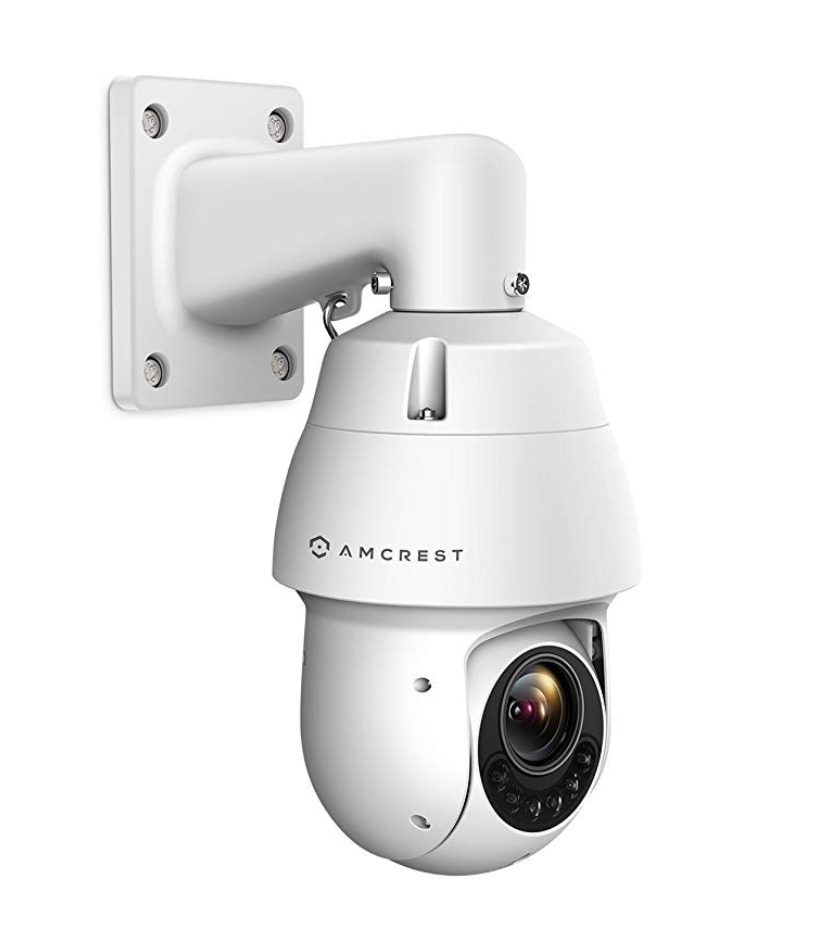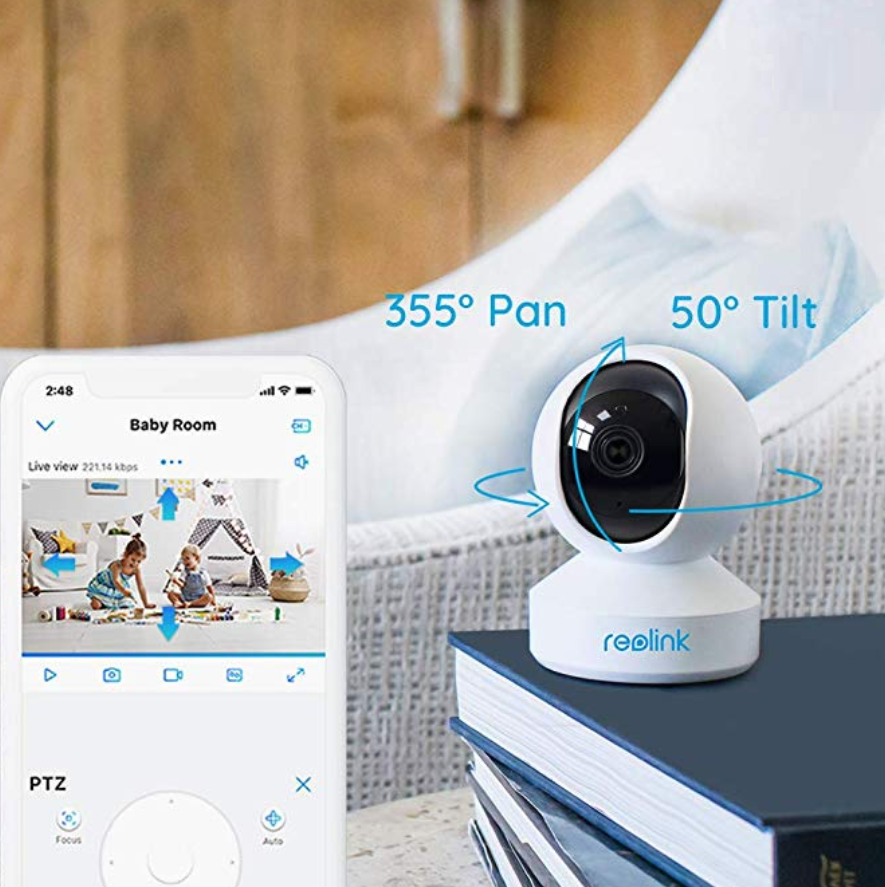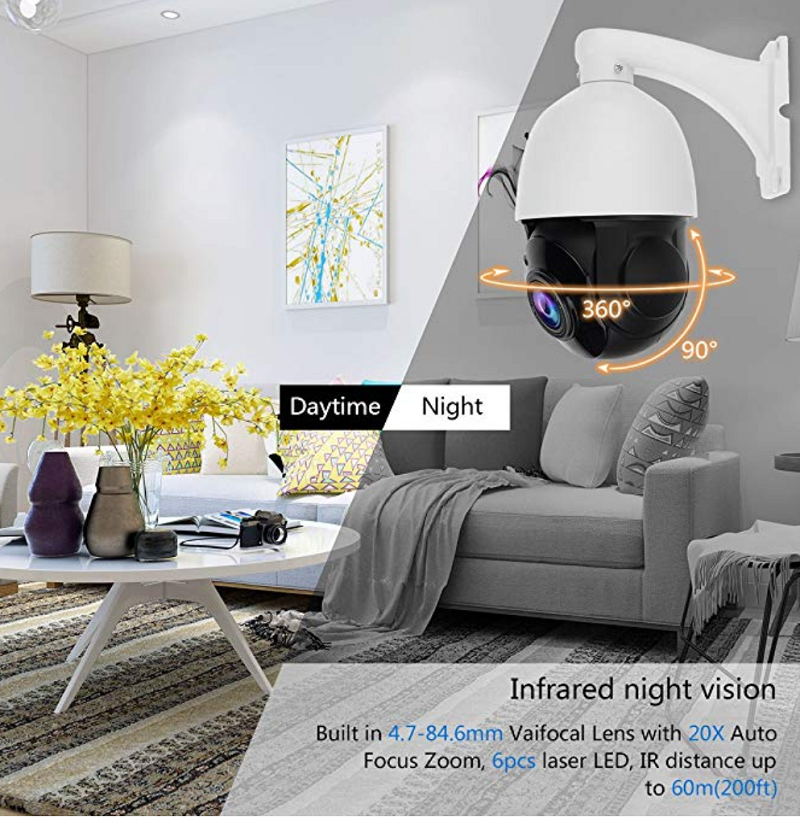This post was last updated on 1/7/2025
There are many options when it comes to buying a home alarm system, including doorbell cameras, motion detectors, security cameras, and electronic locks. Regardless of variety, a home alarm system can be crucial in stopping a break-in, documenting important events and making homeowners and businesses always feel safe.
However, understanding everything about home alarm system cost, including labor, equipment, and system functionality can be difficult. Here’s how to help yourself out when it comes to alarm systems.
Local vs National

Smaller, local security companies specialize in home security in your community or town. Typically, local, privately-held security companies are known for better service and pricing. National companies may have better name recognition, but that doesn’t mean they are the best choice for you or your family. National security companies sometimes cannot work on brands of home security systems that you already have, while local home security companies can work with you to reuse any current home security system you are using.
Another benefit of using a local security company is that they are based near you. They can get to you quickly and usually have several home security technicians working in your area. National companies tend to have one technician for an entire region. Finally, most local alarm companies will work with you to create a customized system for your home. They are not just selling you cookie cutter packages. They want to custom design the best home security system for your home and family.
Know What You Need

When it comes to equipment, you should ask yourself what you’re wanting to protect and how much protection you want. Do you want to make sure no one is lurking around outside? Do you want to see who’s at your front door at all times? Is controlling your system from your smartphone a must have? Selecting these items all contribute to your security system cost. There are various pieces of equipment that can come with a comprehensive alarm system such as:
- Motion Detectors: There are multiple kinds, but all motion detectors are used to alert you when someone inside your home when they shouldn’t be. Motions can be extremely effective at covering a large space in place of window contacts. Higher quality motion detectors can usually understand the difference between a pet or a human; however, it’s important to read the product specifications to make sure you won’t be getting false alarms.
- Video Doorbells: It can be scary to open the door when you don’t know who is on the other side. Video doorbells take that fear away by allowing one to see who’s on the other side of the door. Newer video doorbells may offer two-way talking so you can talk to who is at the door and they can answer you. In some cases video doorbells can trigger a doorbell when someone approaches and send alerts if children leave areas they aren’t supposed to. It can also protect packages that are dropped off at your door and a homeowner can see everything happening from your iphone app.
- Electronic Locks: Electronic locks can be a great way to keep your home safe. Electronic locks come in many shapes and sizes and are better than regular deadbolt locks because they require special codes or biometrics to unlock them.
- Security Cameras: It may be obvious, but security cameras have so many advantages. They deter criminals, allow you to have a constant eye on your property and save video that you can use if someone breaks in. There is a wide range of pricing, functionality, and overall quality for cameras. Wireless cameras can be cost effective but comes at the price of changing batteries every few weeks. In contrast, hard-wired traditional cameras can be expensive depending on the functionality. Often, the best cameras are exclusive to dealer channels without ever being on the market direct to consumers.
- Smoke Detectors: Fires happen every day. The best way to keep your family and property safe is by having smoke detectors integrated with your alarm system. When smoke detectors are included with your security system, they are controlled by a keypad or control panel. If the system detects signs of fire it may alert you with a horn, siren or lights as well as notifying the alarm company which will react accordingly. The goal of smoke detectors are to ensure your safety by making sure everyone is aware of the threat, has time to evacuate and notify emergency personnel.
- Door and Window Contacts: Door and window contacts are a two-piece system with one part sensor and the other part magnet. When a door or window is opened, if the alarm is on, and the sensor and magnet will separate, the sensor will get a signal to the alarm panel and an alarm – a chime or voice announcement will sound announcing the door has been opened.
It’s important to remember that burglars aren’t the only thing you need to protect your home from. Natural disasters and everyday events can wreak havoc on your life as well. Whether that be a fire, flooding or an earthquake, your alarm system can save you thousands of dollars if all the parts are working together.
- Smart Thermostats: Families can easily turn their regular thermostats up and down all day long to make their home a comfortable temperature. Smart thermostats get rid of that hassle and handle your home temperature settings for you. Once you set temperatures for every time of the day you want, the smart thermostat takes it from there. Did we mention it could save you some money?
- Flood Monitors: These monitors are usually offered as add-ons to most alarm systems. Flood monitors are used to detect leaks and water before a catastrophe happens. It could potentially save thousands of dollars because your home won’t get ruined due to flooding.
Think Long Term
Wireless vs. wired alarm systems is something to think about when looking at home alarm system costs. Wired alarm systems are connected through telephone and wires running through the walls connecting the devices on the system to the control panel. Wireless systems are connected through sensors, alarms, and other equipment. These pieces are are monitored through a control panel in the house.
With wireless systems, almost everything is easier. Running wires in a finished home is very expensive and can damage your walls making wireless systems also more cost effective.
Another item to think about is whether you get an unmonitored or monitored security system. There are two types of unmonitored systems: self-monitored and truly unmonitored systems. Self-monitored systems are all hooked up to the house and send you notifications through a control panel and your connected smartphone.
Unmonitored systems are truly unmonitored; they record video and then set off an alarm when an intruder is detected. There are no notifications. Unmonitored systems may be more affordable, but they are also less safe and less convenient.
Monitored systems have the same equipment and can still notify you but they have professional home security technicians to keep an eye on things as well. a central monitoring center watching your home 24/7. Without monitoring, what happens when you are driving or in a meeting or asleep? Monitored may be more expensive but it’s less hassle, more secure, and has a higher rate of handling emergency situations.
Read the Fine Print

When it comes to contracts in the security business, it is very important to read the fine print . Which is usually where contracts come in and people get confused about security system cost. When making a choice on a security company and working on a contract, pay attention to every detail including equipment costs, labor, monthly monitoring fees and contract terms.
A recommended approach – calculate total contact cost: monthly fee times number of months on the contract plus up front labor and equipment costs and compare companies that way.
An example: Brinks Security 29.00 monthly fee x 36 months of the contract plus the $199 labor and equipment costs equals total contract cost of $1,939.00.
Also, when looking at home alarm system costs, check to make sure the company cannot raise your rates while you are under a contract term. It may seem more affordable up front, but there could be higher monthly fees or long-term contracts.
One thing that’s important to know is that nothing is ever free. Anything that is offered as “free” is really only free when you enter into the correct contract and the fee is covered by that payment.
Each customer is different – some want monthly payments and others want to get it all out of the way, like ripping off a band aid. A few alarm companies will give you the option for paying for everything up front and give you the flexibility of a month to month contract. Most will require a termed contract of 3 years or more but these companies will often help reduce your upfront cost.
A month-to-month option offers flexibility to those who need to cancel and restart their alarm system. Customers pay the full cost of the equipment and installation and then pay for monitoring every month. There’s also the chance that a three-year contract could say the monthly cost starts at one price but then increases. So, we’ll say it again, read the fine print.
Consider Your Budget
If you are like most people, the cost of home security will also be a big consideration. While every company offers different prices, an average alarm system can cost can range anywhere from $300 to $3000. This cost depends on equipment, monitoring fees, and system features.
Alarm New England: Here to Help
For over 47 years we’ve been helping families and businesses feel safe and taken care of here in New England. With our extensive knowledge of security, we’re here to help you find and create the perfect alarm system for your home.
We offer a variety of technologies such as doorbell cameras, security cameras, motion detectors, and smart thermostats. Our dedicated team has experience with all areas of New England and can make the new move an easier process by providing you the tools for building an alarm system that fits your needs.
Dedicated to providing the latest technology in security systems, we can guarantee you’ll love the safe feeling of having our recommended products installed in your home within the budget you want. If you’d like to speak with one of our team members about managing the cost of home security, reach out and call us, so we can create a security package specifically for you—your way, your choice.



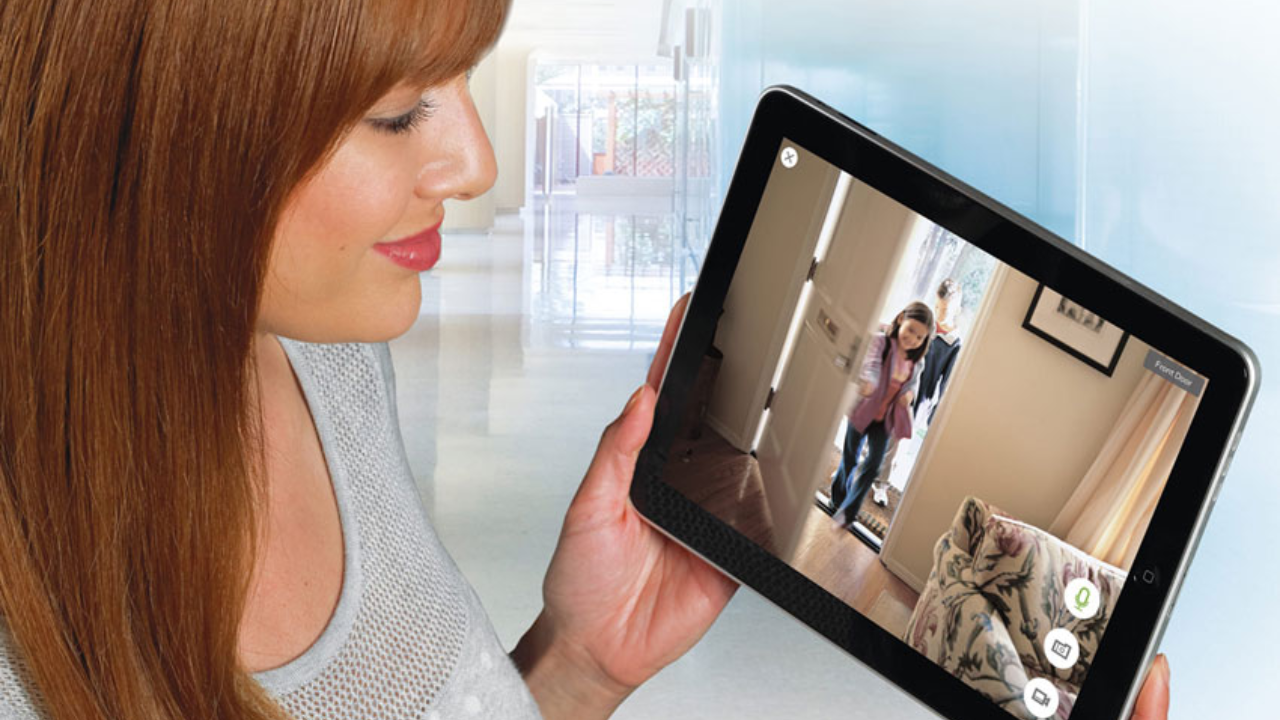

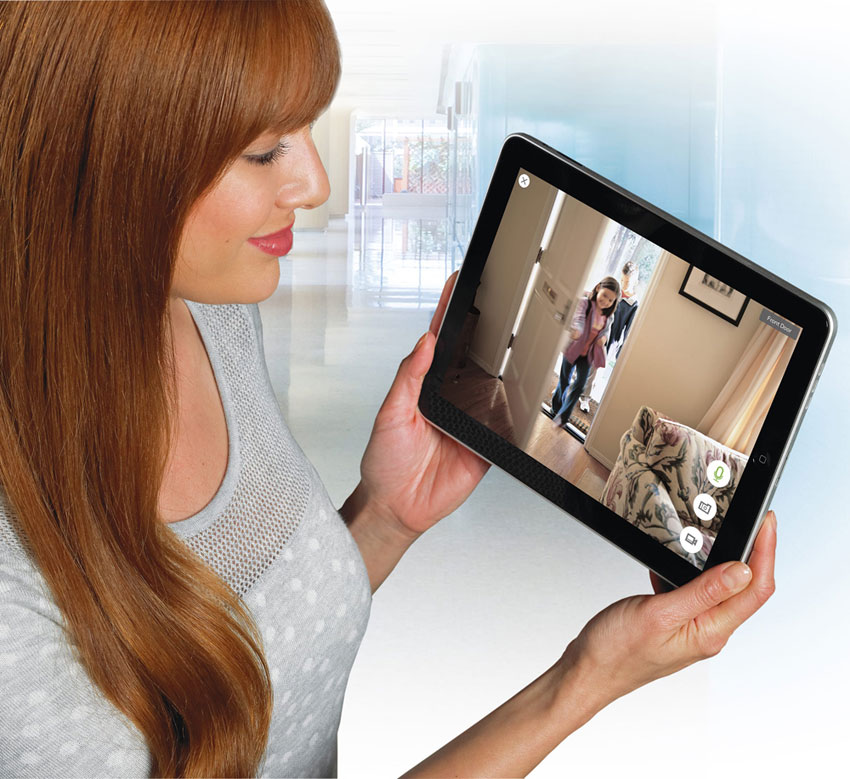

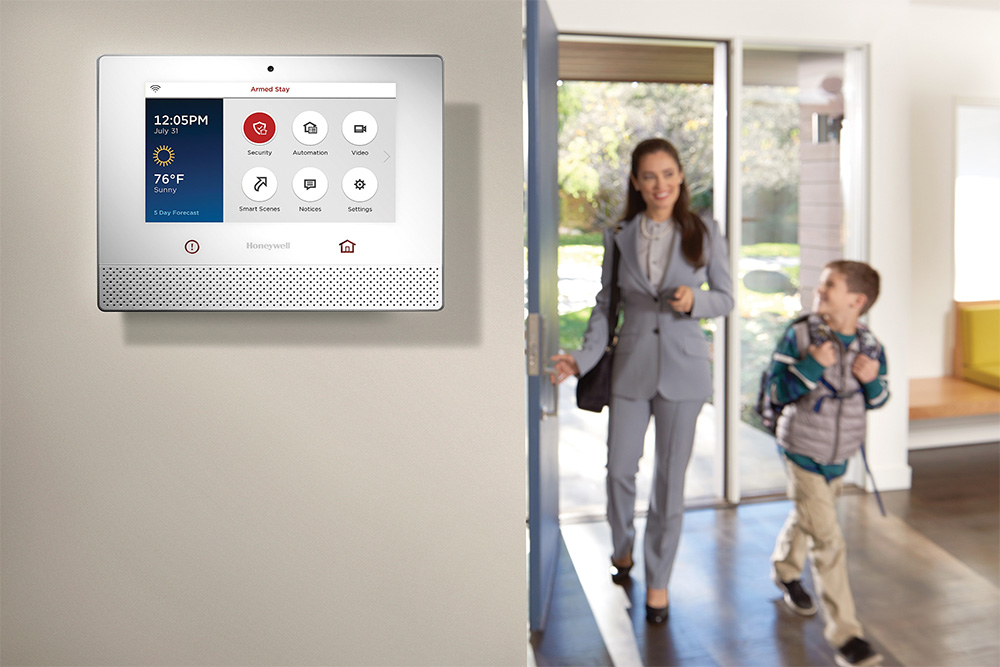




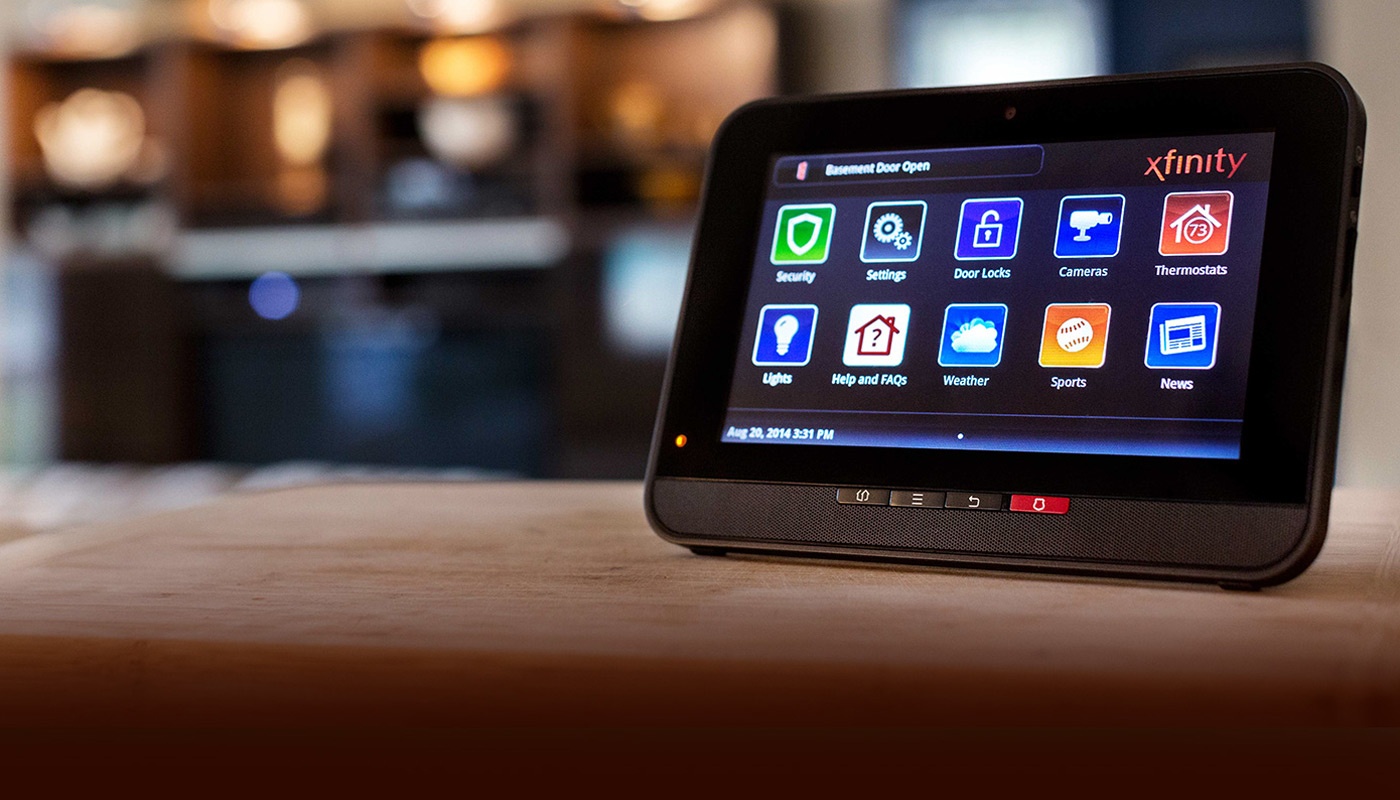

![[2025] 5 Best PTZ Security Cameras for Using Outdoors and Indoors](https://alarmnewengland.com/wp-content/uploads/amcrest-ptz-security-camera-ultrahd-1.png)
